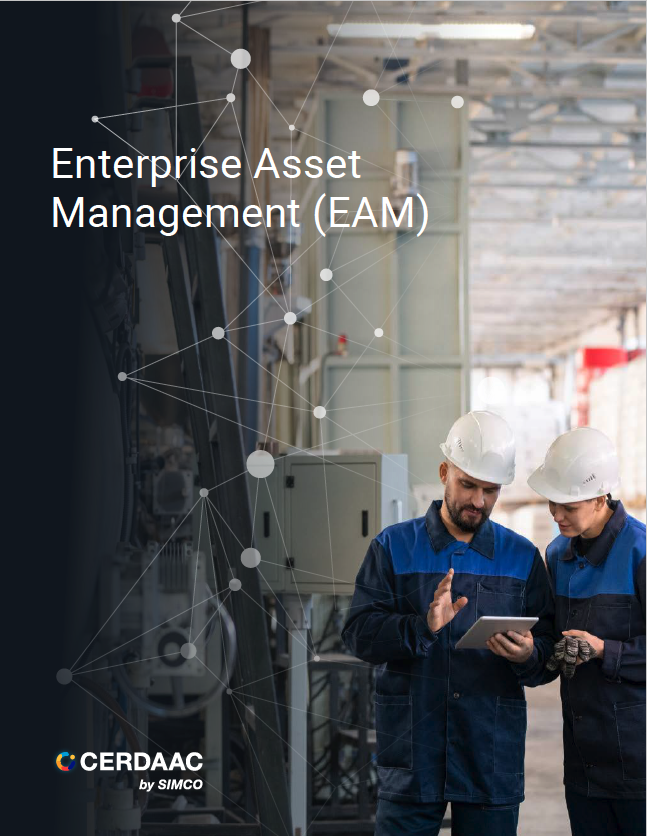
Article: What is a Enterprise Asset Management?
Key Features, Benefits and Considerations When Choosing a CMMS for Your Organization

Enterprise Asset Management (EAM) is a systematic approach to managing an organization’s physical assets, such as equipment, facilities, and infrastructure. It includes the use of various technologies, processes, and best practices to optimize the performance, reliability, and safety of these assets. EAM software helps organizations to manage the entire lifecycle of their assets, from acquisition to retirement. This includes tracking and managing equipment and inventory, scheduling and completing maintenance tasks, and analyzing performance data. It also encompasses compliance, safety and environmental regulations, and sustainability. Fill out the form on this page to learn about the key features and benefits of an EAM for your organization.
READ THE ARTICLE:
You may also be interested in these Resources:
- © 2024 SIMCO Electronics
- Privacy Policy
- Cookie Settings